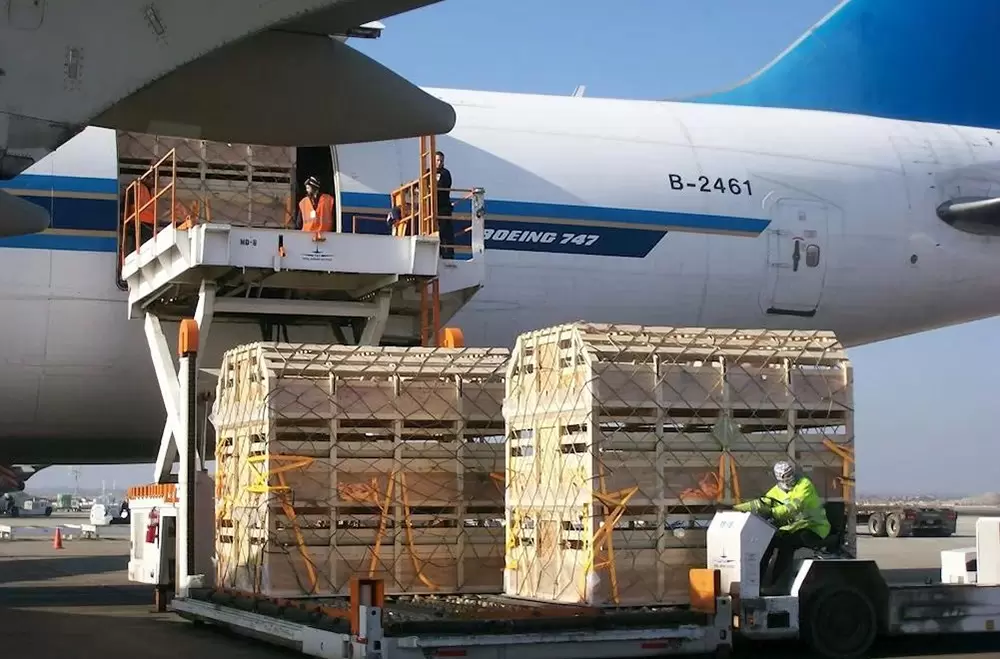In the global marketplace, the transportation of perishable goods is a critical component of supply chain management. Perishable goods, which include food items such as fruits, vegetables, dairy products, meat, and seafood, require specialized handling to maintain their quality and safety. This post delves into the various transportation methods for perishable goods, emphasizing the importance of temperature control, packaging, and logistics strategies.
Understanding Perishable Goods
Perishable goods are items that have a limited shelf life and can spoil or degrade quickly if not stored and transported under appropriate conditions. The primary challenge in transporting these goods lies in maintaining their freshness and preventing spoilage during transit. Factors such as temperature, humidity, and exposure to light play significant roles in the preservation of these products.
Key Transportation Methods
- Refrigerated Trucks (Reefers)
Refrigerated trucks, commonly known as reefers, are the backbone of the transportation of perishable goods. These vehicles are equipped with temperature-controlled compartments that can maintain specific temperature ranges, ensuring that products remain fresh during transit. The use of reefers is particularly prevalent in the transportation of meat, dairy, and produce. It is essential for logistics companies to monitor the temperature continuously and ensure that the refrigeration units are functioning optimally. - Air Freight
For high-value or highly perishable items, air freight is often the preferred method of transportation. Air transport significantly reduces transit times, which is crucial for products like seafood and certain fruits that have a very short shelf life. However, air freight can be costly, and it requires careful coordination to ensure that goods are packed and loaded quickly to minimize exposure to ambient temperatures. - Ocean Freight with Temperature Control
While ocean freight is typically associated with longer transit times, advancements in refrigerated shipping containers (reefers) have made it a viable option for transporting perishable goods over long distances. These containers are equipped with temperature control systems that can maintain the required conditions for various types of perishable goods. This method is particularly useful for bulk shipments of fruits and vegetables, allowing for cost-effective transportation across continents. - Rail Transport
In regions where rail infrastructure is robust, refrigerated railcars can be an efficient means of transporting perishable goods. Rail transport offers a balance between cost and speed, making it suitable for transporting large quantities of goods overland. However, the effectiveness of this method depends on the proximity of rail lines to distribution centers and the availability of temperature-controlled facilities at both ends of the journey.
The Role of Packaging
Effective packaging is crucial in the transportation of perishable goods. Packaging not only protects products from physical damage but also plays a vital role in temperature regulation and moisture control. Innovative packaging solutions, such as vacuum-sealed bags and insulated containers, can help extend the shelf life of perishable items. Additionally, the use of temperature-sensitive labels can provide real-time data on the conditions experienced by the goods during transit, allowing for better quality control.
Logistics and Supply Chain Management
Efficient logistics and supply chain management are essential for the successful transportation of perishable goods. This includes route optimization, real-time tracking, and collaboration with various stakeholders, including suppliers, transporters, and retailers. Implementing a robust logistics strategy can help minimize delays, reduce spoilage, and ensure that products reach their destination in optimal condition.
Conclusion
The transportation of perishable goods is a complex process that requires careful planning and execution. By utilizing appropriate transportation methods, investing in effective packaging solutions, and implementing efficient logistics strategies, businesses can ensure the safe and timely delivery of perishable products. As consumer demand for fresh and high-quality goods continues to rise, mastering the intricacies of transporting perishable goods will be crucial for companies looking to thrive in the competitive marketplace.



